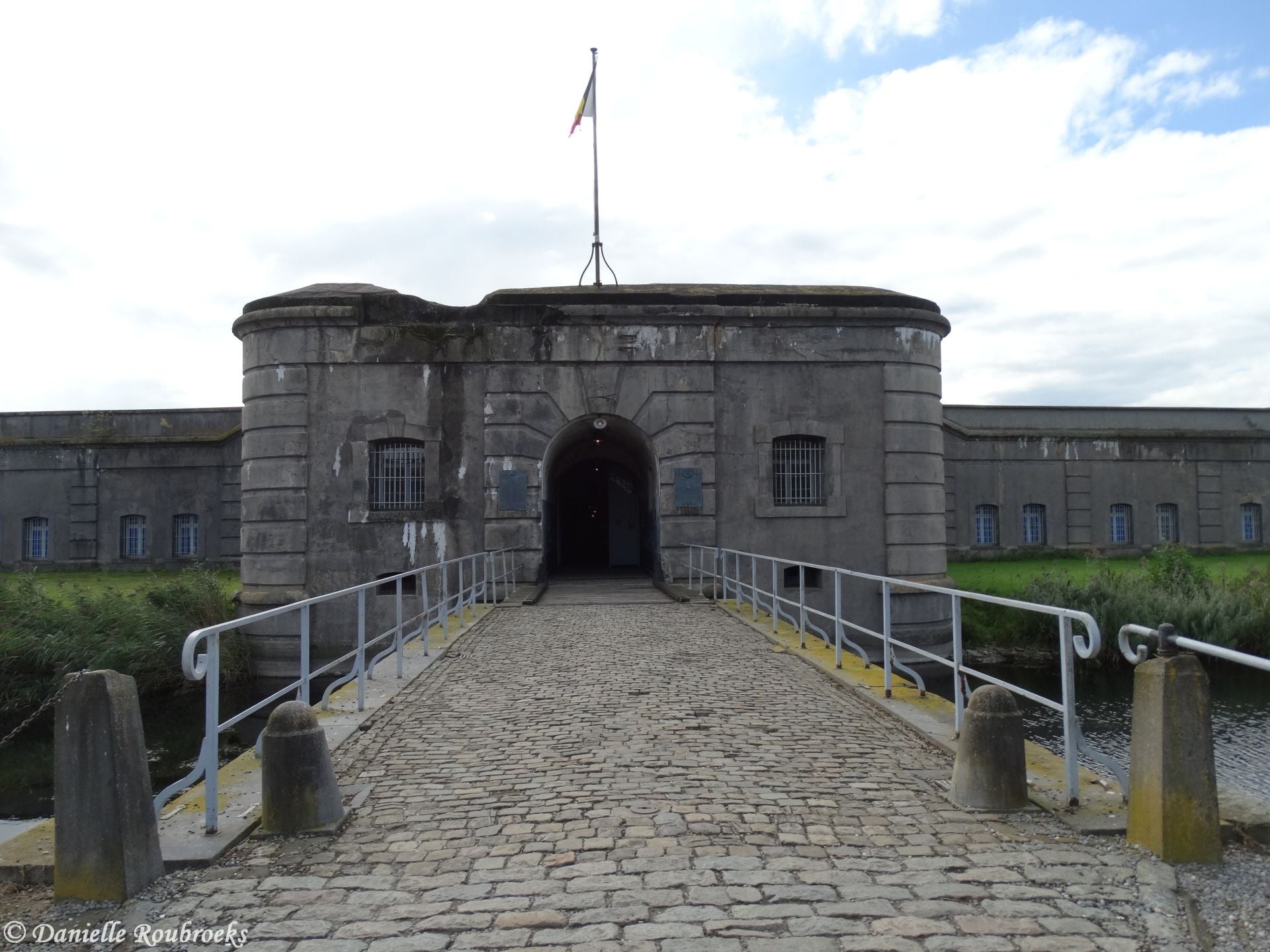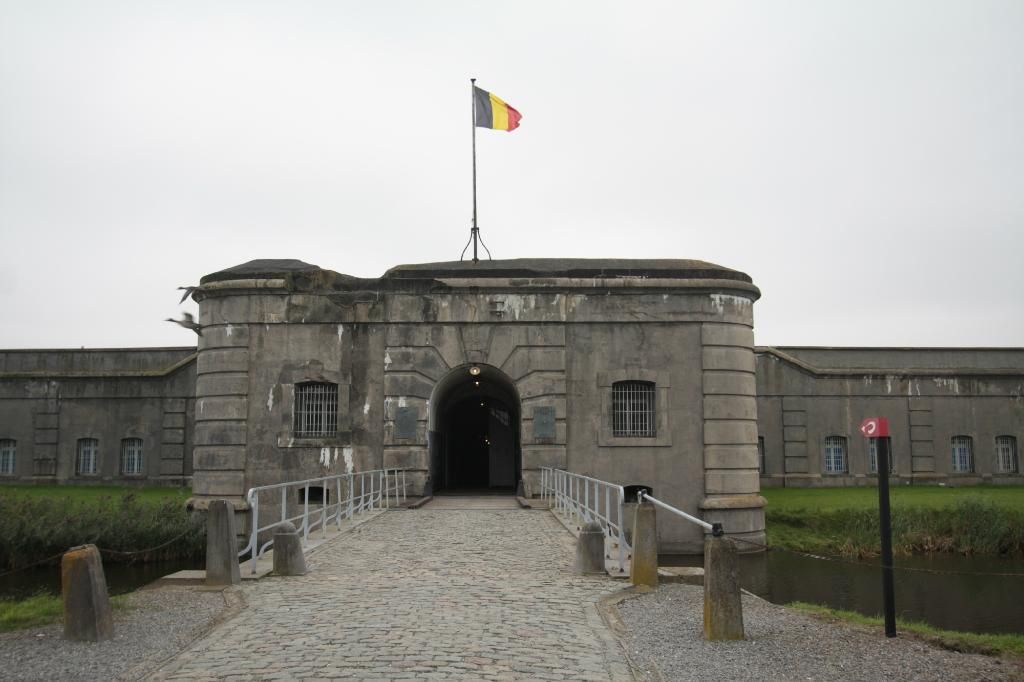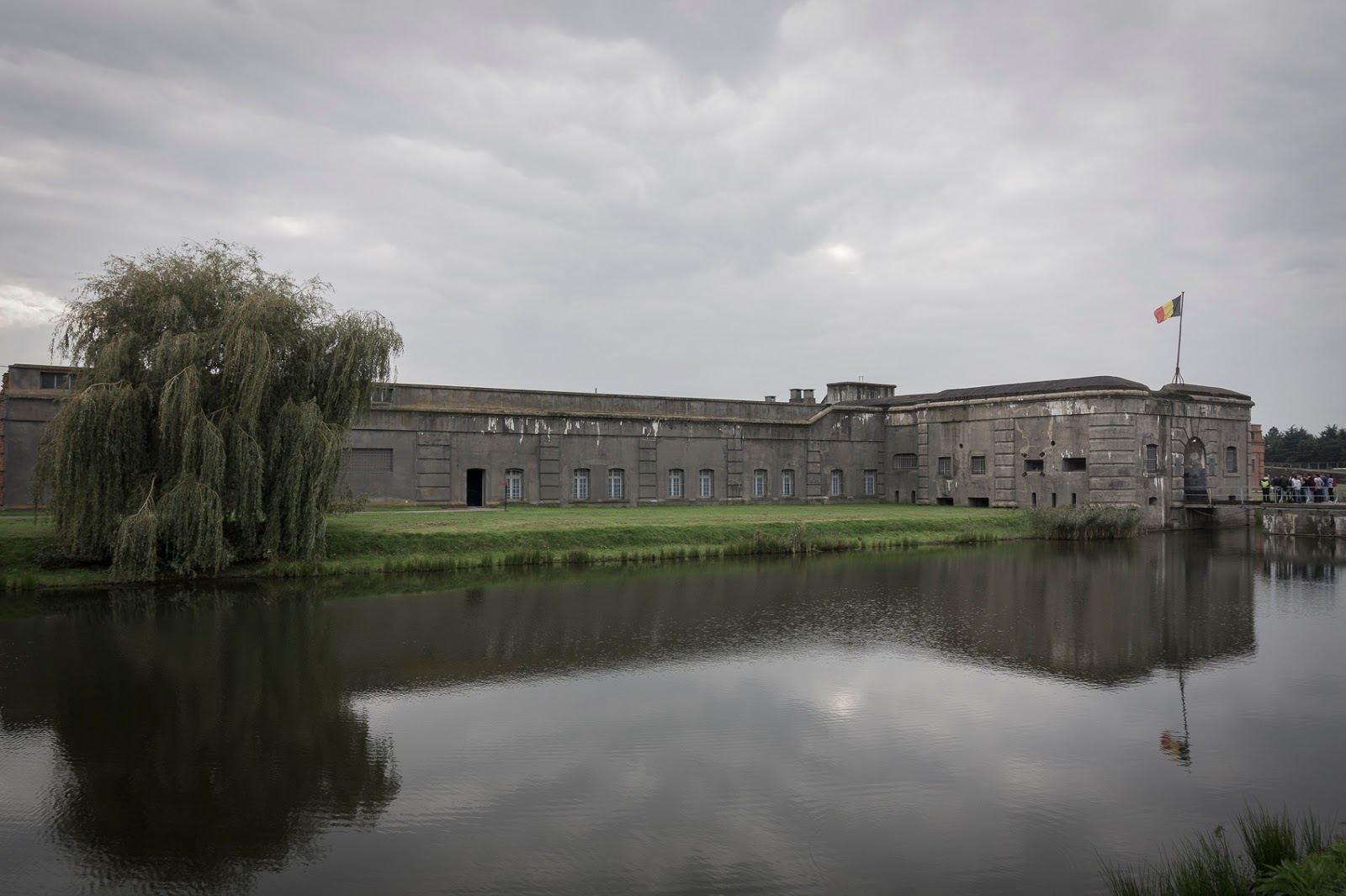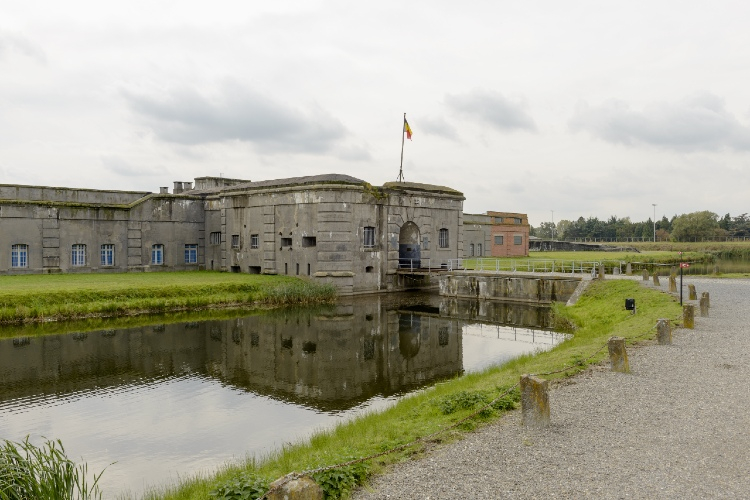
Europe, Belgium, Puurs, Fort of Breendonk, Facade, Entrance Editorial Photography Image of
A captivating visit highlights the sinister page in history that the SS-Auffanglager Breendonk truly is. From the gloomy dormitories and forced labour sites to the torture chamber and the execution ground: the fort exudes the horror the prisoners were subjected to during German occupation.

Fort Breendonk
Het Fort van Breendonk is altijd op zoek naar nieuwe gidsen. Een ploeg van meer dan 60 dynamische gidsen begeleidt maandelijks tot 400 groepen in het fort. Er zijn gidsen die rondleidingen geven in het Nederlands, Frans, Duits, Engels en Spaans.

Breendonk Belgium April 16, 2021 Fort Breendonk served as a concentration camp during
What happened in Breendonk must not ever be forgotten. That is why the Memorial, in joint operation with the National Confederation of Political Prisoners and Entitled Persons of Belgium, organised an annual ceremony commemorating the end of Nazi occupation horror at Fort Breendonk. The first ceremony, called a Pilgrimage, took place on 24.

Entrance at Fort Breendonk, a former Nazi concentration camp in Stock Photo 34770758 Alamy
Breendonk (Belgium) Aerial view of the camp. The fort of Breendonk is located along the ancient highway Brussels - Antwerp. It is perhaps the only camp which remains totally intact because at first Breendonk was a military fort and the buildings are built using concrete. For the German occupation administration, Breendonk was a "waiting" camp.

Entrance gate of the Fort Breendonk, a Second World War Two concentration camp near Antwerp
Rory McInnes-Gibbons 14 November 2015. It is a hot, high midsummer day in Willebroek, Belgium, but an air of atrocity hangs low over the National Memorial Fort Breendonk. In the calcium white icicles that cling to the ceiling and the dark, dank stench of death and abomination. Walking down the corridors of cell and torture, Breendonk is not a.

Fort Breendonk (Belgium) editorial stock image. Image of prison 50865104
Fort Breendonk. Belgium, Europe. Northeast Belgium. Some 12km northwest of Mechelen, this haunting, moated prison-fort was built in 1906. However, its use as a notorious Nazi internment camp in WWII is the main focus of the audio-guided visit, with over two hours of detail including harrowing personal accounts: around 3500 victims were.

Belgium, Breendonk, Entrance To the Fort Seen from the Ground Editorial Image Image of museum
Breendonk is a village in the municipality of Puurs-Sint-Amands in the province of Antwerp, Belgium, with a population 3,000, halfway between Brussels and Antwerp. History [ edit ] Its name stems from the medieval Bredene Dunc which translates as "wide mound" or "a dry spot in the marshes."

Fort de Breendonk
A captivating visit highlights the sinister page in history that the SS-Auffanglager Breendonk truly is. From the gloomy dormitories and forced labour sites to the torture chamber and the execution ground: the fort exudes the horror the prisoners were subjected to during German occupation.

Belgium The national Memorial of the Fortress of Breendonk EMPRESS
Fort Breendonk became a prison camp after the Belgian surrender in 1940. Things then took a turn for the worst. From September 1940 - 1944 about 3500 prisoners were held in this prison.. This is an emotionally moving experience that is unmissable to get the full history of Belgium. Note that a prison camp is not quite the same as a.

Amazing Belgium The fort of Breendonk
Initially, with the invasion of Belgium on August 4, 1914, the German army was preoccupied with reaching Paris and decide to merely block off Antwerp. On September 9, however, the German general Von Besler is ordered to overtake Antwerp.. Fort Breendonk is still considered as a potential headquarters for the King in the case of war. On May.

National Memorial Fort Breendonk EUROM
Fort Breendonk is an historical site located in Willebroek, Belgium, just 15 kilometers south of Antwerp and 30 km (18.6 miles) north of Brussels. It was originally constructed as a military fortification between 1906 and 1913 to defend Antwerp. However, during World War II, it was repurposed by the Nazis as a prison camp and detention center.
Fort Breendonk Willebroek
Fort Breendonk, located in the centre of Belgium, is one of the smallest concentration camps of ww2 and, because of its size, probably also one of the worst. With an average of 400 inmates there is here 1 guard for every 10 prisoners and the beating and persecutions are continuous from the Flemish SS. 60 years after he left the camp, a survivor.

National Memorial Fortress of Breendonk History and Facts History Hit
Originally built to defend Antwerp, Fort Breendonk was a Nazi concentration camp from September 1940 till September 1944. Around 3,500 prisoners passed through this camp. Fort Breendonk is one of the best conserved concentration camps in Europe and is a symbol that perpetuates the memory of the suffering, the torture and the death of so many victims.

Amazing Belgium The fort of Breendonk
What is Fort Breendonk? Fort Breendonk is an armoured concrete fortress built in the early days of the 20 th century as part of a defensive belt circling Antwerp. In 1914, at the outbreak of the First World War, it is hit full on when the German army attacks the Antwerp stronghold.

Europe, Belgium, Puurs, Fort of Breendonk, Facade Editorial Image Image of prison, monument
Fort Breendonk. Brandstraat 57, 2830 Willebroek, Belgium. Built in 1906 as one in a series of fortresses to defend the city of Antwerp, Fort Breendonk is located just over ten miles from the port city. After the Germans marched over Belgium during World War Two, they turned the fort into first a prison camp and then also a concentration camp.

Fort Breendonk Info Tourism Benelux
Breendonk is an old fort located next to A12 highway at Willebroek. It's about 25 km from Brussels and about 19 km from Antwerp. The name Breendonk stands for Large Marshland. It was build as part of the fortification defence to protect the city of Antwerp and especially the port of Antwerp in addition of the 1859 stronghold.